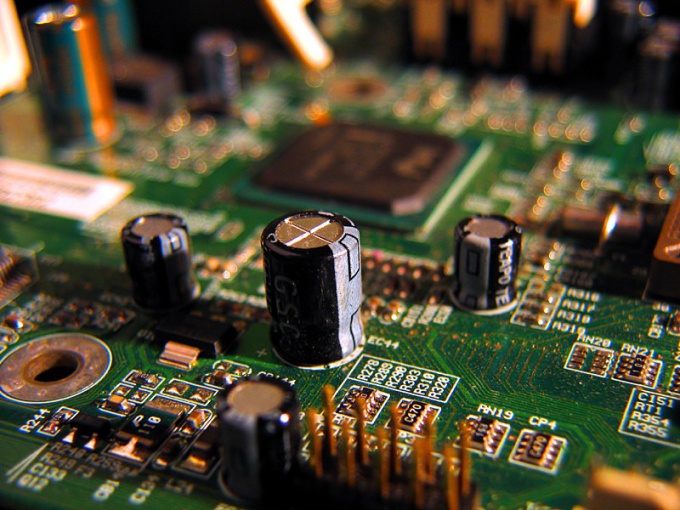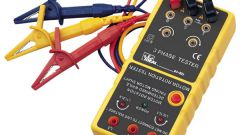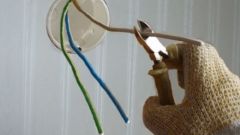Definition
In the electric circuit, between two or more conductors creates an electric transition contact, or a conducting connection by which current flows from one part to another. With a simple overlay of the contacted surface of the connected conductors not give good contact. The real contact area is several times smaller than the whole contact surface , confirming what can be seen with a microscope.
Due to the small contact area between the contact connection offers a highly visible resistance to the passage of current from one surface to another and is called the transitional contact resistance. Itself the transitional contact resistance a priori more than the resistance of a solid conductor of the same shape and size.
Factors affecting the value of the transition resistance
The resistance of the contact zone does not depend on the size of the contact surfaces and is determined by the pressure or force of the contact pressing. Contact with the press is called the effort one contact surface acting on the other. In General, the magnitude of the pressing force and the strength of the contact material will depend on the total area of contact. The number of contacts in contact always grows when clicked.
At low pressures plastic deformation occurs in the contact, with the tops of the protrusions collapse and then, with increasing pressure, new points come into contact. As a result, the pressure should be large enough to ensure a small contact resistance, but should not result in plastic deformations in the metal contact, leading to its destruction.
The contact resistance largely depends on the degree of oxidation of the contact surfaces of the connected conductors. Regardless of the material of the conductor film of the oxide creates a greater electrical resistance.
The intensity of oxidation of the conductors depends on the contact temperature and the faster it is, the more the contact resistance.Very much affected by the oxidation of aluminum conductors. For example, formed on the air their the oxide film has a resistivity in the 1012 Ohm*cm.
Since the properties of the contact connection can change. Only new, well-processed and stripped of the transitional contact may have the least probable transitional contact resistance with enough pressure.
During the formation of contact connections use different ways of bonding conductors. For example, a spike, welding, crimping, mechanical connection with the bolts, and put in contact with the elastic pressing of the springs.
In fact, if any method of wiring it is possible to achieve a consistently small transitional contact resistance. It is important to connect the wires strictly according to the technology and using each method of connection of wires of required tools and materials.
The contact connection of electrochemically incompatible conductors is the contact between two oxides, which will have a high value of the transition resistance.
In order to decrease the transition contact resistance to take into account all the above factors affecting its value and conduct the correspondence of types of the connecting contacts of the conductor materials and operating conditions.



